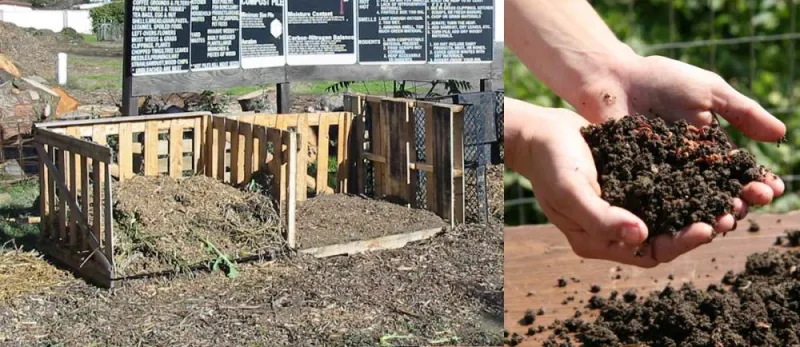Elinor Teague


December 2021 MG website column
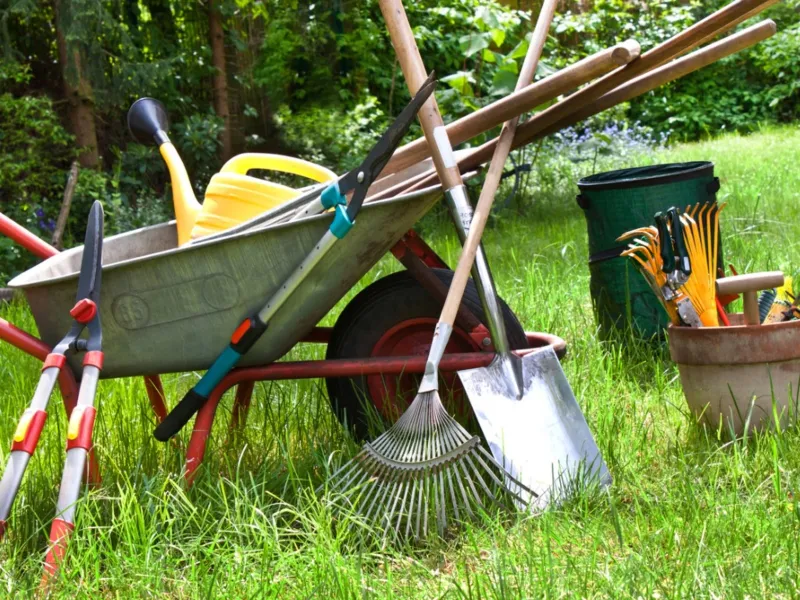
Here a few suggestion for ways we Master Gardeners can do the same for home gardeners and fellow Master Gardeners.
Encourage beginning pruners to learn from books that contain clear instructions and illustrations as well as UCCE MG pruning videos. Also encourage a review of YouTube pruning videos with the caution that they vary greatly in quality.Advise taking pruning guides into the garden and staring at each branch on the plants that need pruning until the written instructions make sense.
Orthos’ excellent guide “All About Pruning” is available new and used online. It’s not expensive, the illustrations are some of the best, and it shouldn’t scare off a beginning pruner.
The American Horticultural Society’s “Pruning and Training” is a fine next step up the pruning ladder of knowledge.
Suggest that beginners take a walk in Shin Zen gardens in Woodward Park or The Clovis Botanical gardens or a community rose garden, pruning book or video In hand, to see what good pruning looks like.
Suggest that beginners start small and keep in mind the motto “less is more” when it comes to pruning. Pruning a small rosebush that is not an overgrown tangled mess of thorns and canesis a great first try. The existing structure of canes is easily visible so that decisions on what cane to cut are also easier. Mention that there is a beauty to a well-pruned plant. They’ll want to aim for a balanced, clean, symmetrical structure when finished.
Winter Orchard Care January 8, 2022 at Garden of the Sun. Click here to learn more.
Advise beginners to start the pruning with the most basic cuts. Always cut back to the junction (collar) between other branches or the trunk. Never leave stumps. Remove dead and diseased wood first, then cut out branches that cross through the interior of the plant. These first pruning cuts may be all that is needed to maintain the health and vigor of the tree or bush. More experienced gardeners will be able to recognize suckers, water sprouts and weak spindly growth that should be removed. Decisions on where and how to make heading cuts to control size and growth direction can be difficult even for experienced pruners. Patience and practice will guide beginners. Good pruning has a long learning curve.
Tool Maintenance Class December 11, 2021 at Garden of the Sun. Click here to learn more about this class.
Many gardeners are still using their Uncle Herbert’s garden tools most of which have heavy wooden handles and heavy thick metal blades. These tools may have lasted for years but newer lightweight composite tools with sharper, thinner blades make pruning easier on the body and make better cuts. Encourage beginner pruners to invest in better tools.
Elinor's 2021 past articles
Master Gardener’s website column November 2021

Master Gardener’s website column October 2021
Master Gardener’s website column September 2021

Master Gardener’s website column August 2021
Master Gardener’s website column August 2021
Research continues into the beneficial effects of adding compost to the soil either by turning it into the soil or by laying it on the soil surface. As UCCE Master Gardeners we have been made aware that turning compost into the soil significantly improves water retention, restructures soil texture, recycles organic waste and adds nutrients and beneficial microbes and fungi, reducing the need for chemical fertilizers and other types of soil amendments. Exciting new research is showing that compost sequesters carbon in the soil and thereby removes carbon from the atmosphere. Plants absorb atmospheric carbon during photosynthesis; their roots release that carbon into the soil and then release oxygen into the atmosphere.
The SF Chronicle published an article (July 1, 2021, “Regenerative farms fight climate change”) on experimental work on regenerative farming also called carbon farming in which a thin layer of compost is being applied to grazing lands in Marin County. The improvement in productivity of feed crops is impressive as is the potential for reducing carbon in the atmosphere.
What can we Master Gardeners take away from the newest research? There are three carbon-sequestering regenerative farming practices that can be applied to small-scale home gardening; planting perennial plants rather than annuals, planting cover crops such as clover and reducing or even eliminating soil tilling.
During their longer lives, perennial plants develop more extensive root systems than short-lived annuals. Bigger root systems can absorb more carbon. Adding more perennial plants to well-composted soil in urban gardens could help reduce carbon, perhaps not in great numbers, but every small step to moderate climate change is worth the effort.
Cover crops are used in farming to outcompete weed growth and to fix nitrogen into the soil between crop plantings. Few cover crops (vetch, ryes, mustards) will be suitable for growing in an urban landscape, but some including white and strawberry clovers can make a beautiful lawn. Clovers’ deep roots make it more drought and heat-tolerant than lawn grasses and clover also fixes nitrogen into the soil. The flowers on clover attract bees and other pollinators as well.
Tilling releases carbon held in the soil back into the atmosphere. It also breaks up the sometimes yards-long threads or hyphae produced by mycorrhizal soil fungi. Those microscopic threads perform many important functions in the soil. Hyphae break up and remix soil particles increasing aeration and water retention. Every time we till we break up those hyphae and temporarily disrupt their functions, affecting plants’ vigor and health. Tilling as few times a year as possible and reducing the area to be tilled can actually improve the soil and its ability to sequester carbon.
There’s still time these next summer/fall months to start a kitchen waste, fallen leaves or all-inclusive compost pile to create homemade fresh compost that can be used as a nutrient-rich and micro-organism-rich soil amendment when planting and transplanting this fall or as a soil topping. Check the UCANR website for up-to-date information on composting as well as worm composting.
July 2021 Master Gardener website column
Master Gardener’s website column July 2021
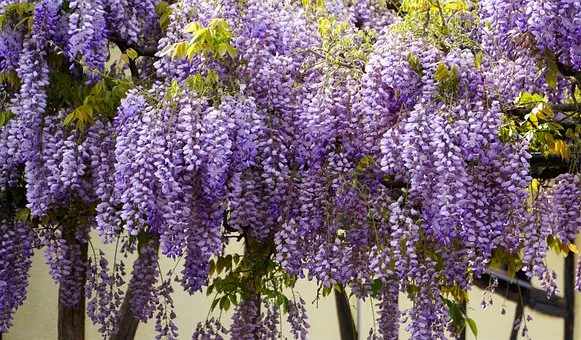
Several species are pruned during the dry summer season to prevent disease pathogens from being carried into fresh cuts by winter rains. Diseased branches on these same species are also pruned out in summer.
Eutypa dieback on apricot trees is caused by the eutypa fungus which enters pruning wounds in winter and causes sudden limb death in summer as well as large, oozing cankers.Check apricot trees branches for signs of cankers in summer and prune out diseased branches before the cankers spread to the trunk.
Olive knot and oleander knot are bacterial infections caused by related pathogens.In summer check olives and oleanders for knots or galls which are round, hard brown easily visible unnatural growths on stems or branches.Remove galls in summer and sterilize tools after making cuts to prevent the spread of the bacteria.
Wisteria and bougainvillea are two examples of vining plants that grow rapidly in summer.Prune wisteria shoots and tendrils in summer to maintain the shape and size of the vine.Deadhead and cut back bougainvillea in summer to keep them in flower.Trumpet vines, jasmines, and honeysuckle vines are so vigorous (as are most vining plants here in the Central Valley) that they can tear apart fences, raise roofing shingles, and climb through the garage walls if not cut back hard after bloom in late summer. Climbing rose vines will send out long, light green flexible canes in summer.Cut these canes back to the base or twine them into the support, trying to arrange them to grow horizontally.Most climbing roses set flowers on horizontal canes.
Where and how to prune any bush or tree is an art as well as a science.It takes practice and many ‘Oops!’ moments to gain confidence in your pruning skills.Here are a two suggestions for pruning guide books both of which provide a very comprehensive list of trees and shrubs common to our gardens as well as very detailed instructions and illustrations.
The American Horticultural Society’s “Pruning and Training, A fully Illustrated Plant-by Plant Manual”.(ISBN -56458-331-7) is available from its publisher at www.dk.com. It comes in both hardback and paperback. The information in this guide is taken from the Royal Horticultural Society’s original publication (same author, Christopher Brickell) and is incredibly detailed with precise instructions on pruning, training, renovating, etc for each plant type. For example, the section on deadheading bougainvillea in summer describes “cutting entire flower clusters back to a young, non-flowering sideshoot”. So helpful.
The list of trees and shrubs and the proper pruning techniques for each is less comprehensive in Ortho’s “All About Pruning” than in the AHS guides, but does cover the most common plants in U.S. gardens.Its illustrations are very good.This guide is not always in print, but is available new and used online.
June 2021 MG website column
June 2021 MG website column
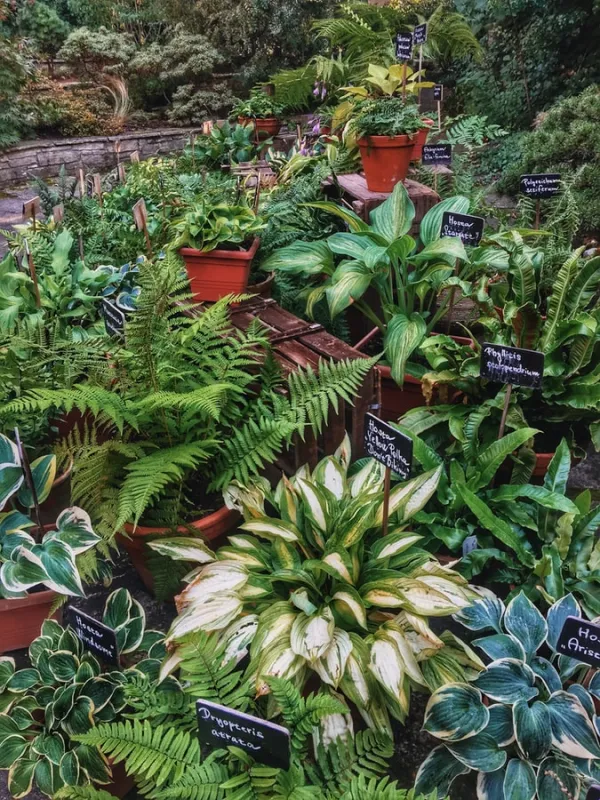
Any plant can be grown in a container. Root size at maturity usually determines the size of the container. However, Japanese maples and bonsai (juniper, maple, camellias) are able to live for years in small pots with regular root, branch and tip pruning. In this case, root restriction also inhibits root growth. Citrus, sweet bay trees, avocados , evergreens and many other tree types can be successfully grown in pots. Size on many tree varieties is controlled by branch pruning, often into formal topiary shapes .Don’t be hesitant to try growing your favorite bush or tree in a pot, just study up on growth habits and pruning techniques.
For long-lived plants choose really sturdy containers such as heavier terra cotta and glazed pots. Resin pots tend to crack easily. Resin and plastic pots are lighter and therefore easier to move around, but they don’t breath and can also crack. Place wheeled or castered saucers under bigger pots to make repositioning easier. To encourage well-rounded growth, turn pots one quarter around as you notice uneven growth.
Use fiberglass screen material (the best) to cover drain holes on pots that will have permanent plantings. Coffee filters work well for a year or so, then decompose.
Newer formulations of potting soil mixes are often enriched with humus and organic ingredients such as earthworm castings, fish emulsion, oyster shells, kelp and low-nitrogen manures. Potting soils like these should contain large numbers of beneficial micro-organisms and fungi. However, our high summer temperatures can kill beneficial micro-organisms and fungi, especially in bagged soils. Plan on adding your own fresh homemade compost and earthworm castings regularly to boost the beneficials’ populations. Because nutrients leach out with every watering, potted plants need fertilization more often than those planted into the garden soil. The type of fertilizer used and frequency of fertilization depends on the plant species. Vegetables and flowers might need feeding twice a month when setting buds; trees can be fed two or three times during their growing season.
Use fiberglass screen material (the best) to cover drain holes on pots that will have permanent plantings. Coffee filters work well for a year or so, then decompose. Some gardening experts still recommend using pot shards or rocks to cover drain holes. Large pieces can shift and block holes.
Liners for hanging pots have improved. Coir, jute and burlap are not long-lasting and as the material disintegrates, it looks tatty. Some new fabric pot liners are brightly colored: some are now made of breathable plastic interlaced or moss/plastic mixes. Handmade moss liners look good for years and are easy to construct.
May 2021 MG website column

April 2021 MG website column
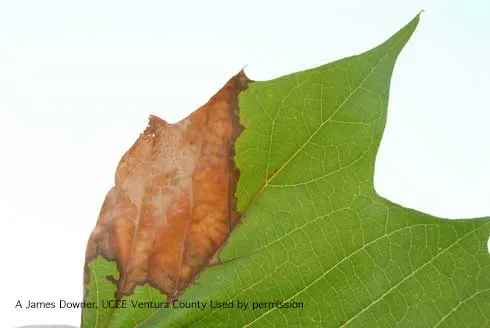
March 2021 MG website column
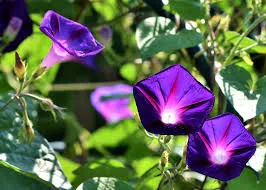
In researching invasive plants used in landscapes for this column, I was surprised at how many of those listed were common in Central Valley gardens.Bamboo (running) has been know as an invasive plant for decades, but the list of the “16 most invasive species you’ll find at a nursery”, given at www.epicgardening.com, also includes landscapers’ favorites such as Japanese barberry, Chinese privet (Ligustrum sinesi), Japanese spirea and nandina.
A quick look around your garden might just turn up several common but invasive species. And, following the descriptions of invasive plants given above, you might be able to add a few invaders you’ve identified to the lists.
In my garden, former owners (meaning, I didn’t do it) planted Japanese spirea, nandina, and Chinese privet as well as Mexican feather grass (Stipa tenuissima) and Euphorbia characias. The last two plants were in a separate drought-tolerant landscape zone.Mexican feather grass has been identified as an invasive plants, but Euphorbia characias has not yet been added to the lists and is still available in nurseries and garden centers.Although the feather grass and the characias were pulled out four years ago, seeds of both still sprout every spring.The characias is particularly invasive; hundreds of tiny seedling reappear every year, the wiry stems are tough to cut with a wiggle hoe and the roots easily penetrate through the mulch into the soil making them hard to pull out if more than two or three inches tall.
I’d add California bay trees (Umbellularia california) to the invasive species list as well.There are six large mature California bay trees that surround my backyard. They produce enormous numbers of bay berries that root easily on the soil or mulch surface and, if not pulled out when very small, will quickly establish long tap roots.The berries are big enough to be slippery.The trees also produce numerous suckers on their roots which are tough to cut and which must be cut off precisely at the base in order to prevent regrowth.Lots of extra work keeping the bay trees at bay.
Xylosma was planted for many years as a hedge or filler plant.Xylosma is also a very invasive plant; the seeds remain viable in the soil for many years and unless the roots are completely removed they will continue to produce wiry, tough new branches.Many of the gardens in my older, established neighborhood have branches of long-removed xylosma shooting up through more recent plantings.
As the list of species and cultivars of species of invasive plants grows, it’s important to keep up with the most current research in order to prevent inadvertently adding invasive species to our gardens.
February 2021 MG website column
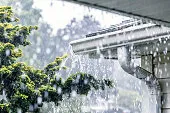
January 2021 MG website column

Guidelines for finding, identifying and listing as many birds as possible can be found on both websites.You can also enter your results on ebird.org, another bird counting site.The website, www.thespruce.com has good photos and of course the Audubon field guides and pocket guides to birds are very helpful.


